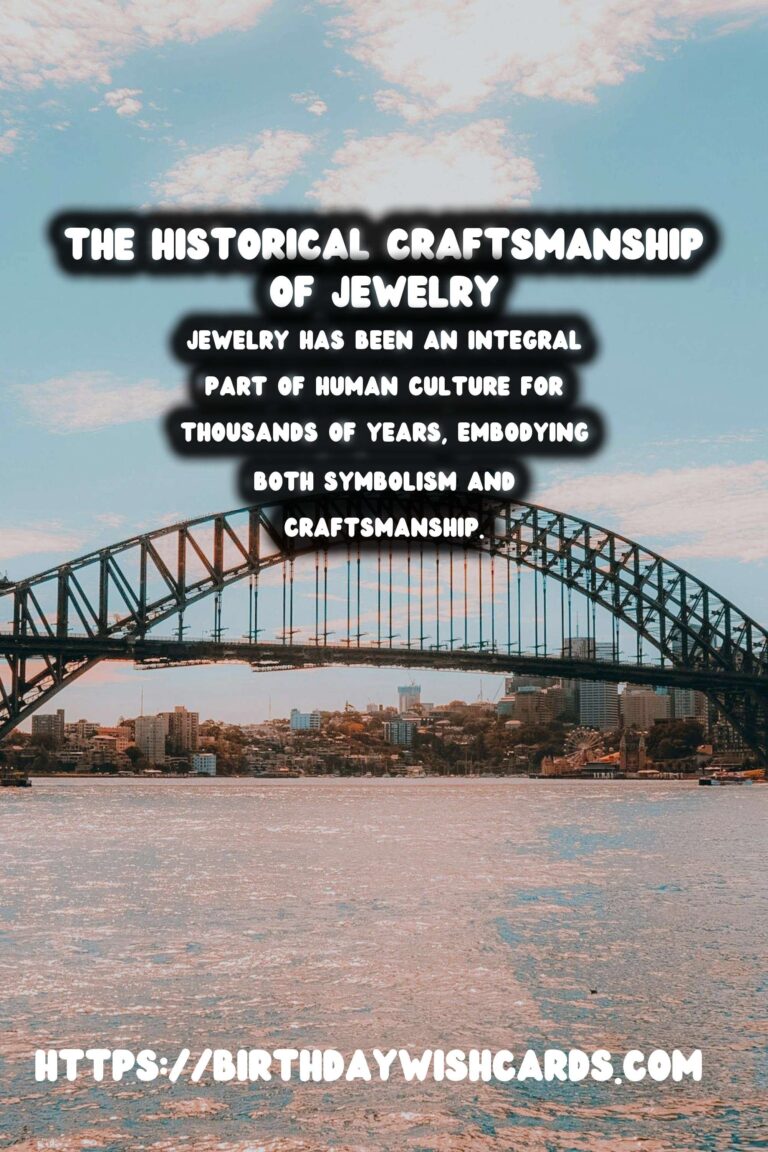
Jewelry has been an integral part of human culture for thousands of years, embodying both symbolism and craftsmanship. From ancient civilizations to modern societies, jewelry serves as a reflection of cultural values, personal identity, and social status.
Ancient Beginnings
The earliest forms of jewelry date back to prehistoric times, with evidence suggesting that humans began creating adornments from natural materials such as bones, shells, and stones. These pieces were not mere decorations but held significant meanings, often used in rituals or as talismans to ward off evil.
Symbolism Across Cultures
As civilizations developed, so did the complexity and symbolism of jewelry. In ancient Egypt, jewelry was heavily infused with religious significance. Gold, the ‘flesh of the gods,’ was reserved for deities and pharaohs, while amulets and talismans were believed to have protective powers. Similarly, in ancient China, jade was revered for its moral value and was often used in burial rites to assure safe passage to the afterlife.
Craftsmanship and Innovation
The artistry involved in jewelry making evolved over centuries. The creation of intricate designs, the use of precious metals like gold and silver, and the inclusion of gemstones signify the craftsmanship that defines different eras and regions. Renowned civilizations such as the Greeks and Romans mastered the art of goldsmithing, setting a precedent for future generations.
Middle Ages and Renaissance Influences
During the Middle Ages, jewelry became a distinct marker of social status and wealth. Only the elite could afford luxurious pieces adorned with precious stones. The Renaissance period further propelled jewelry craftsmanship, embracing symmetry, and intricate designs. Artisans experimented with new techniques like enameling and stone cutting, heralding a new era in the world of jewelry.
The Modern Renaissance
In the modern era, jewelry continues to evolve, not only as a fashion statement but also as a reflection of individuality. The 20th century saw the emergence of iconic jewelry houses such as Cartier and Tiffany & Co. Designers adopted more daring approaches, experimenting with diverse materials and styles that defy traditional norms.
Conclusion
Jewelry, through its history, remains a powerful medium of personal expression and cultural storytelling. Its evolution is a testament to human creativity and the enduring desire to encapsulate beauty, meaning, and status through art. As trends continue to change, the symbolism and craftsmanship of jewelry maintain their importance across all cultures.
Jewelry has been an integral part of human culture for thousands of years, embodying both symbolism and craftsmanship. The artistry involved in jewelry making evolved over centuries. 
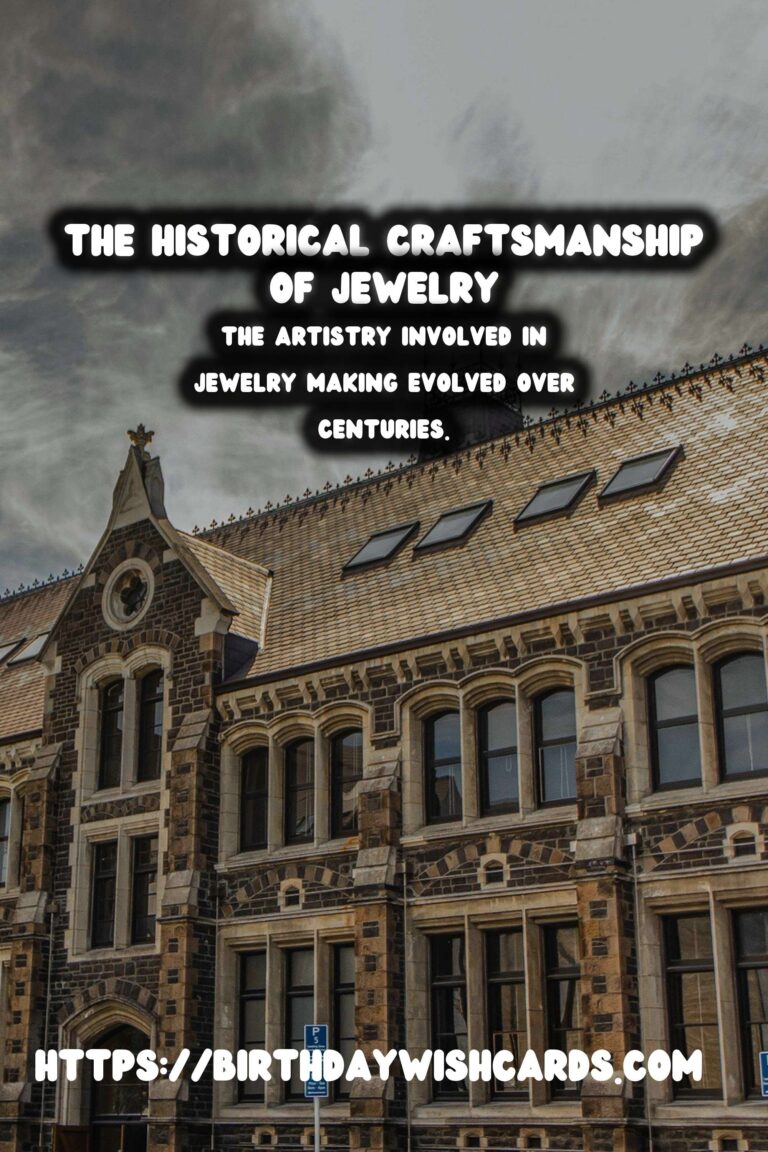
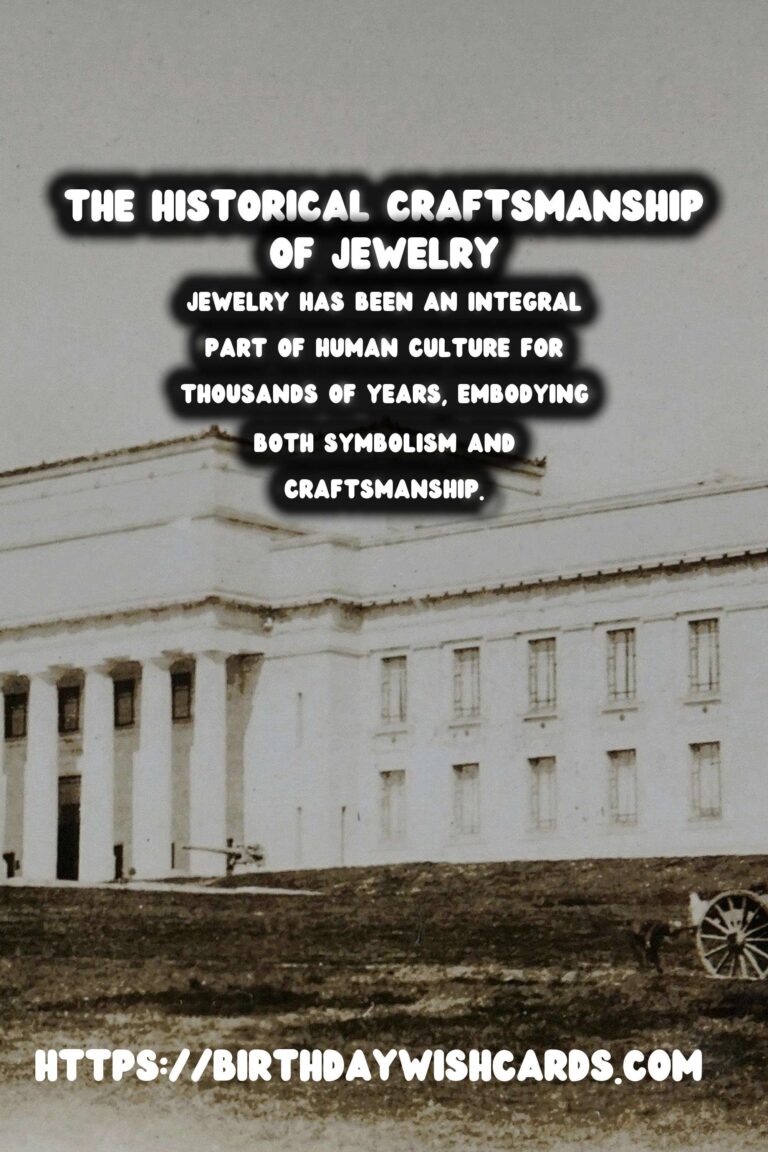

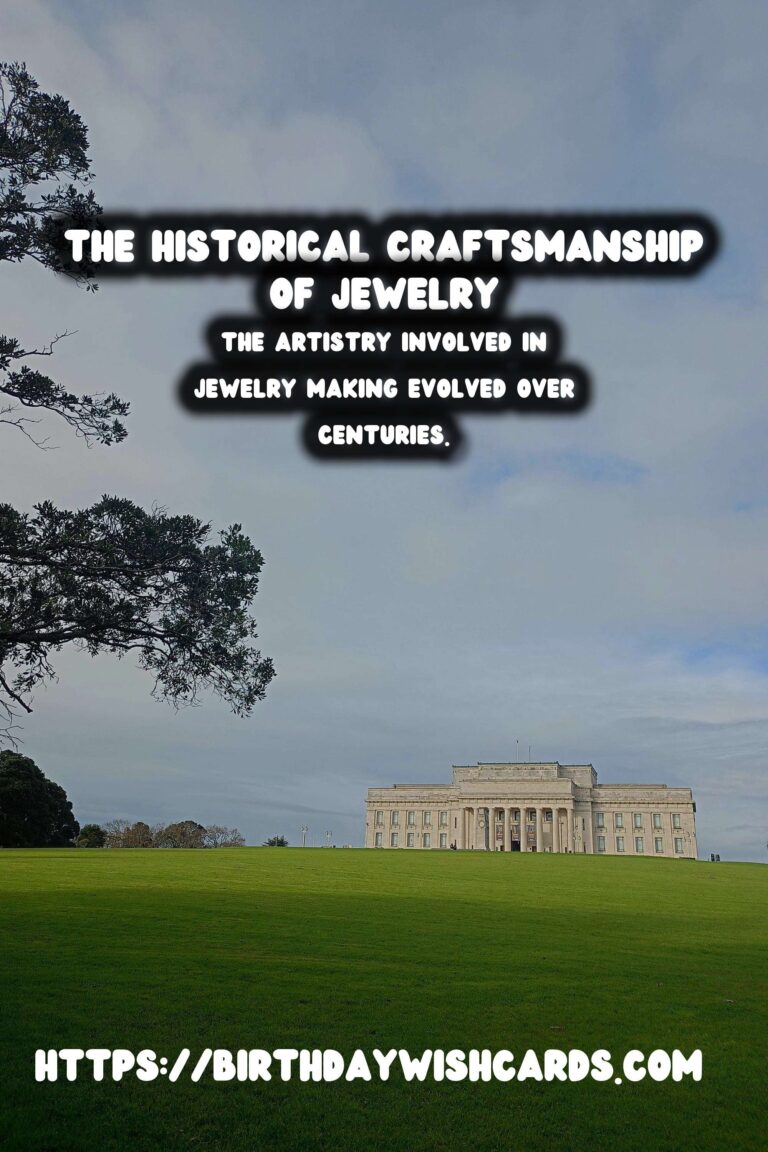
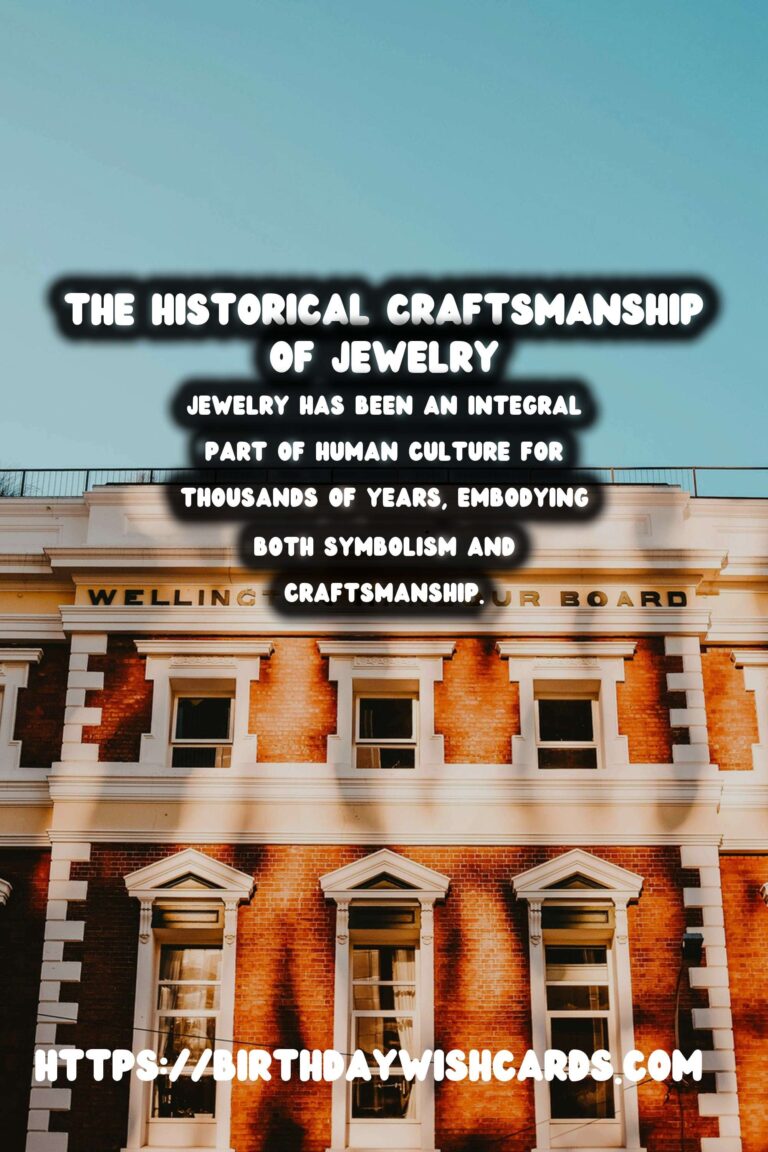
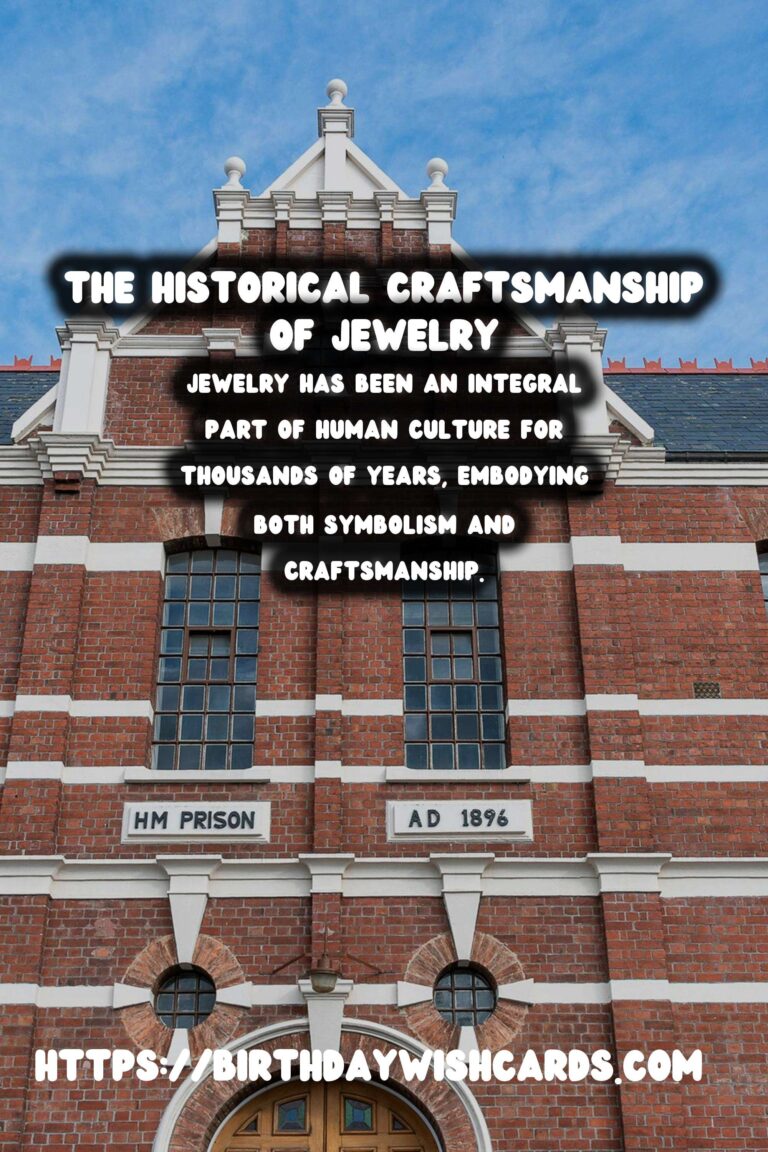
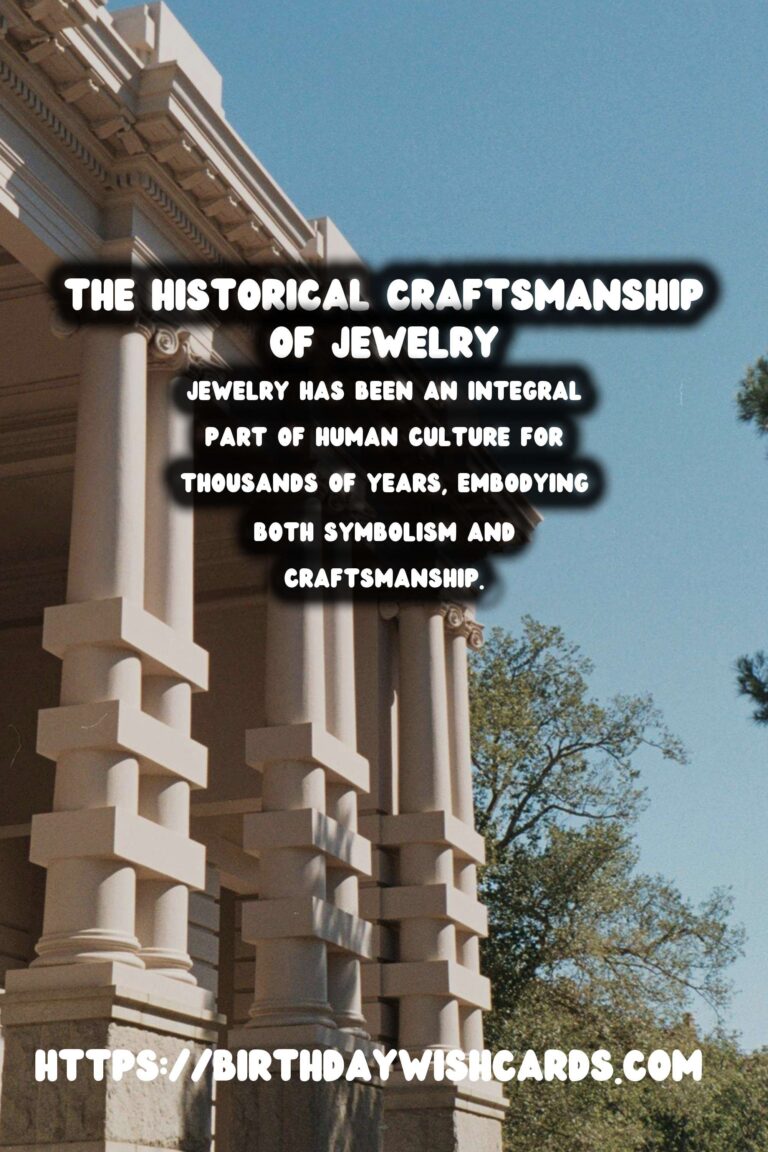
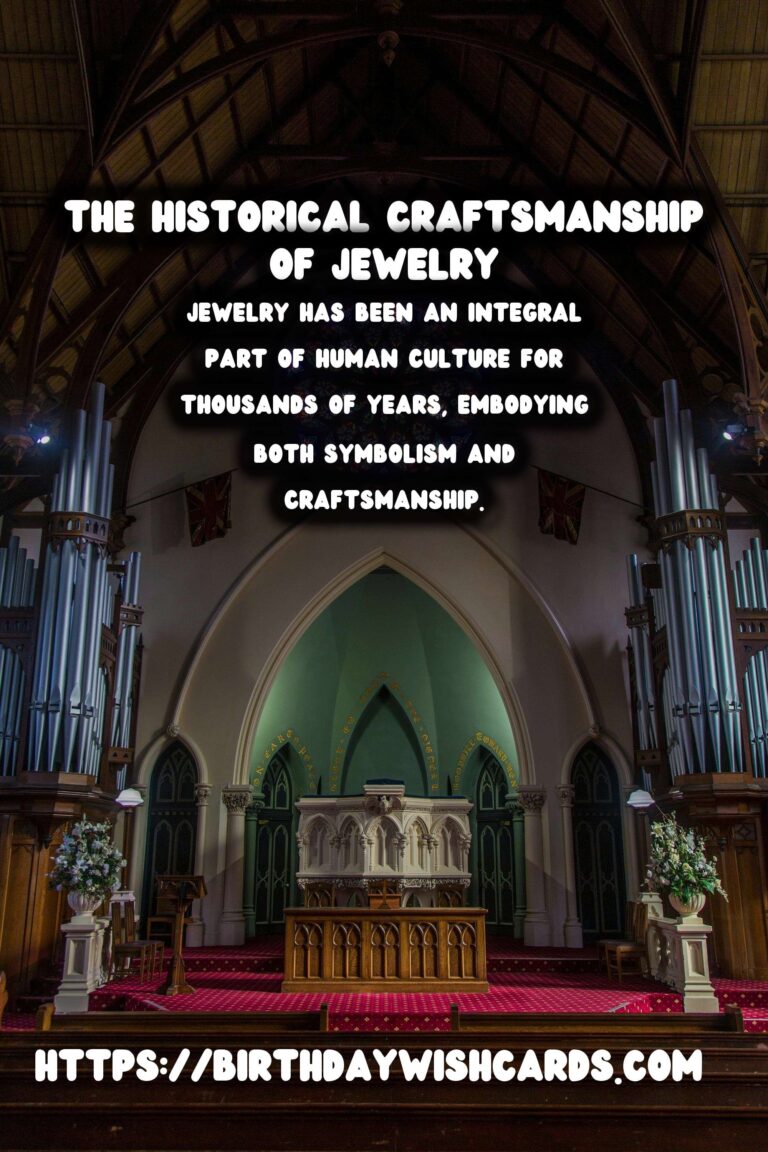

#HistoryOfJewelry #JewelryArt




